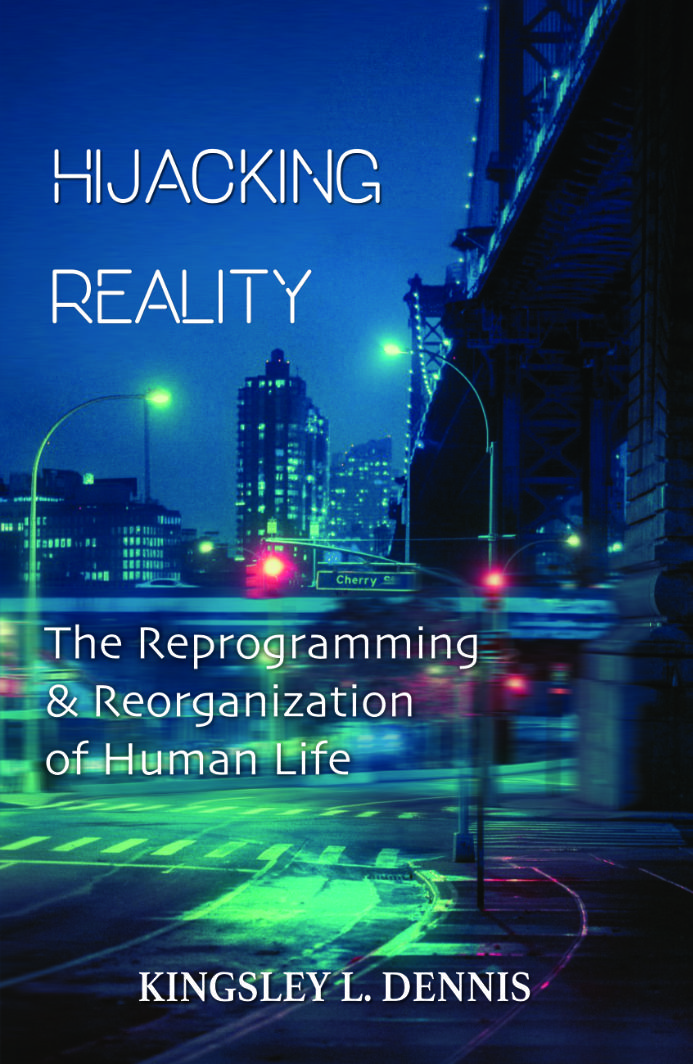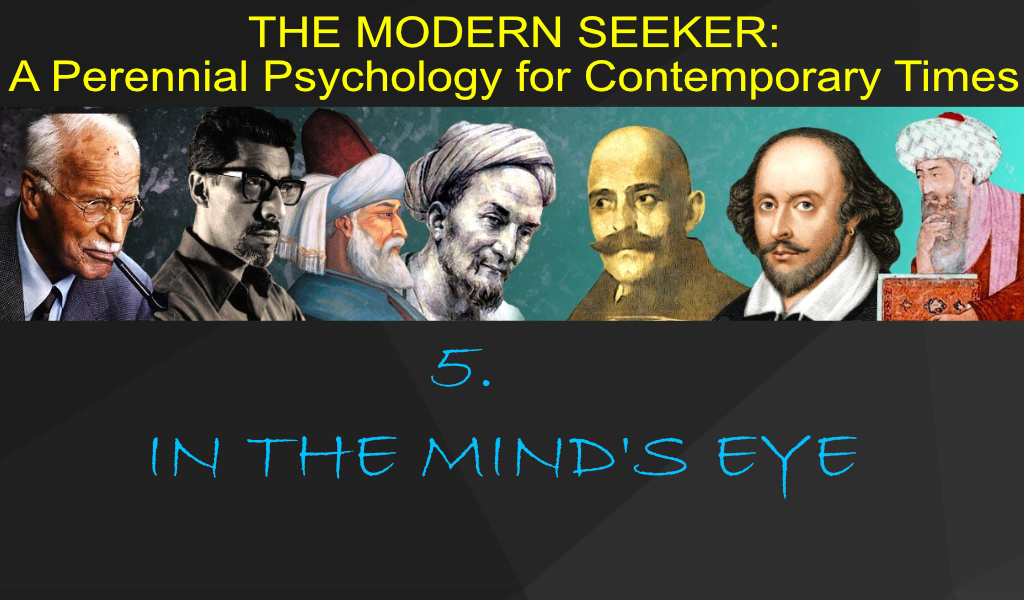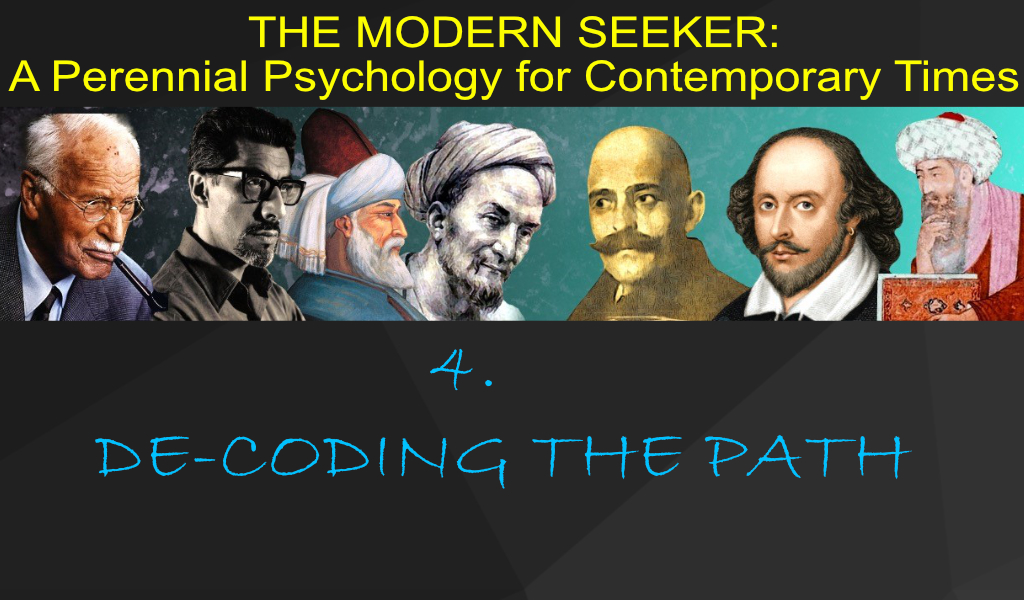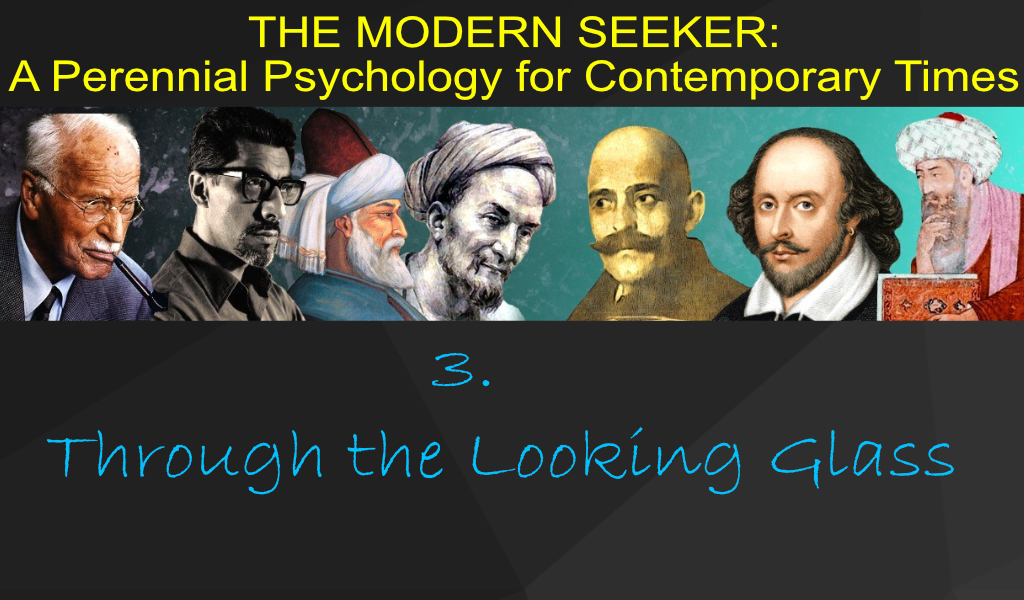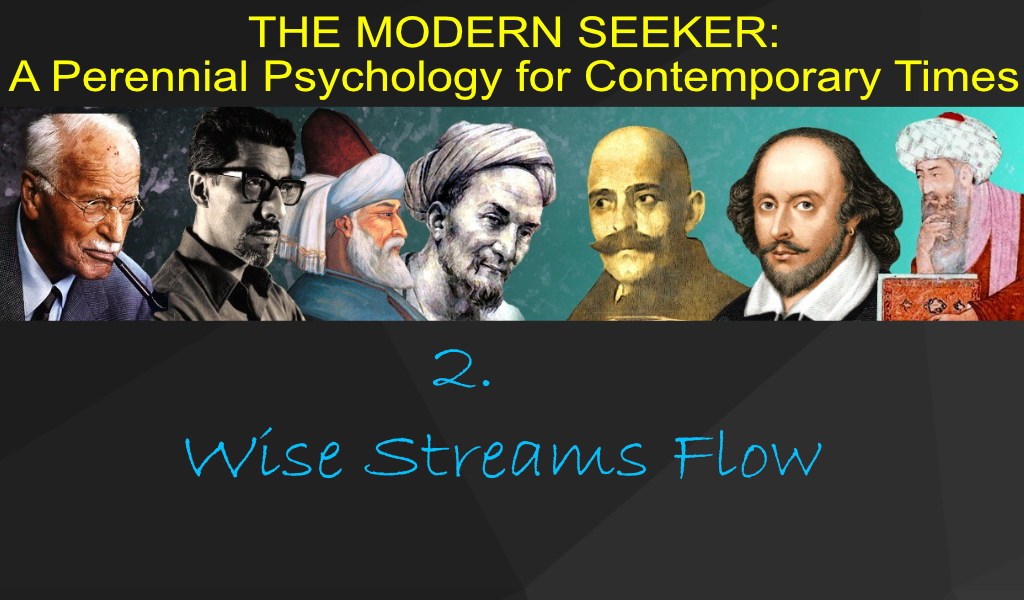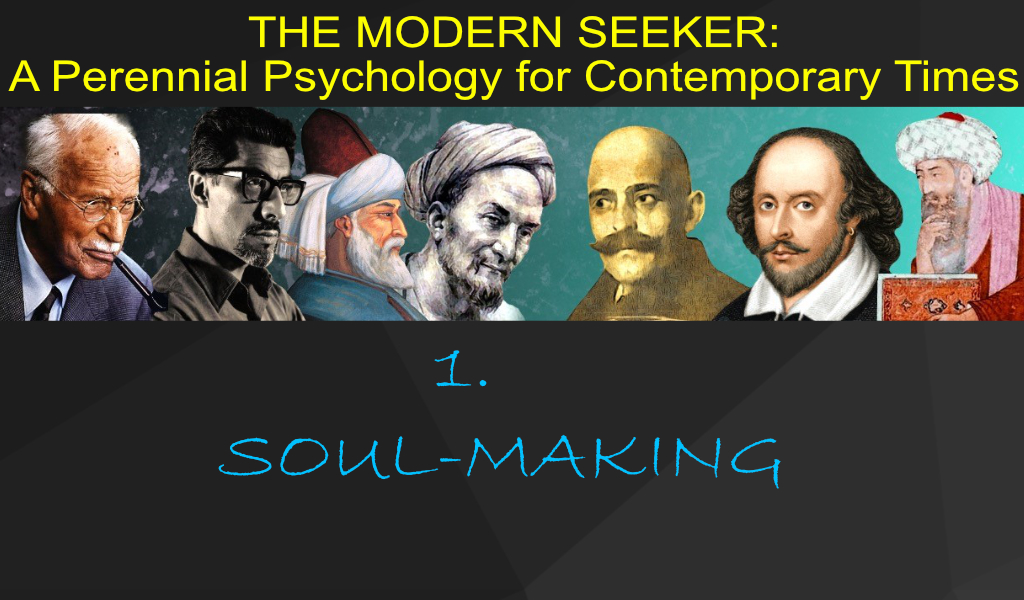Our modern neurosciences now tell us that the human psyche adapts and evolves according to social and environmental impacts and influences. In other words, how we communicate as a “social animal” wires our neuronal brains and influences the formation of our psyche. As many of us are nowadays living embedded in vast networks and exchanges of information, perhaps this has helped to usher in not only new and novel forms of social organization, but has also influenced how we have “wired” our brains.
When our mind and attention are focused in specific ways, we create neural firing patterns that link and integrate with previously unconnected areas of the brain. In this way, synaptic linkages are strengthened, the brain becomes more interconnected and the human mind becomes more adaptive. According to psychologist Daniel Siegel, the brain undergoes genetically programmed “neural pruning sprees,” which he says involve removing various neural connections to better organize brain circuitry. In other words, the neural connections that are no longer used become disconnected (de-activated), thus strengthening those regularly used synaptic connections, which helps the brain to operate more efficiently. As the phrase goes, “Neurons that fire together, wire together.”
What is also significant is that the human brain is not solely an organ situated in the head. Physiologically, the human mind is embodied throughout the whole body to regulate the flow of energy and information. Siegel tells us that neural networks throughout the interior of the body, around the heart and our various organs, are intimately interwoven and send sensory input and information to the brain. This input from the body forms a vital source of our intuition and, says Siegel, also influences our reasoning and the way we create meaning in our lives. In this sense, the body forms an extended mind — only that the brain is the receiver and interpreter of the signals. In this context we see that physical organs, through their neural and sensory networks, form another type of extended brain, or distributed mind. This view helps us to see how living systems, rather than involving separate actions, are in fact a field-network of integrated processes. This type of knowledge, I suggest, will gradually become to represent how we view our dynamic, living universe – a relational system of integrated processes and energies
Our modern self-aware extended mind has clearly evolved to root us in our social world: a world of extended relations and social networks. Humanity, it can be said, has been hard-wired to extend our linkages, connections, and communication networks. We are also hard-wired to adapt physically in response to experience, and new neural processes in our brains can come into being with intentional effort — with focused awareness and concentration. This capacity to create new neural connections, and thus new mental skill sets, through experience has been termed “neuroplasticity.”
Siegel notes that if we compared the neural structure of an adult brain in today’s modern society with that of an adult brain from 40,000 years ago, there would be huge differences. This is because the human brain in each context would have responded differently to the energy and information flows present within the environment and cultural experiences. By being aware of our experiences and influences, we can gain understanding of how our brain and thinking becomes patterned. This awareness is what Siegel calls “mindsight” and suggests that how we focus our attention greatly shapes the structure of our brains; and the ability to grow new neural connections is available throughout our lives, and not only in our young formative years.
This knowledge encourages us to nurture our mindfulness, to establish greater self-awareness, and to pay attention to our intentions and thinking patterns. Neuroplasticity also encourages us to be more reflective over our connections with others, and also to develop our reflective skills that underlie empathy and compassion. These new “wired connections” are exactly what are becoming activated through the rise of new media and communication tools. So when we, our friends and family, spend hours in the front of a computer screen, it may not only be a case of lazy surfing or eye-tiring work. We may be involved in rewiring our neural connections to make our brains more receptive to a modern, highly connected and networked lifestyle. We are quite adaptable creatures, after all.





